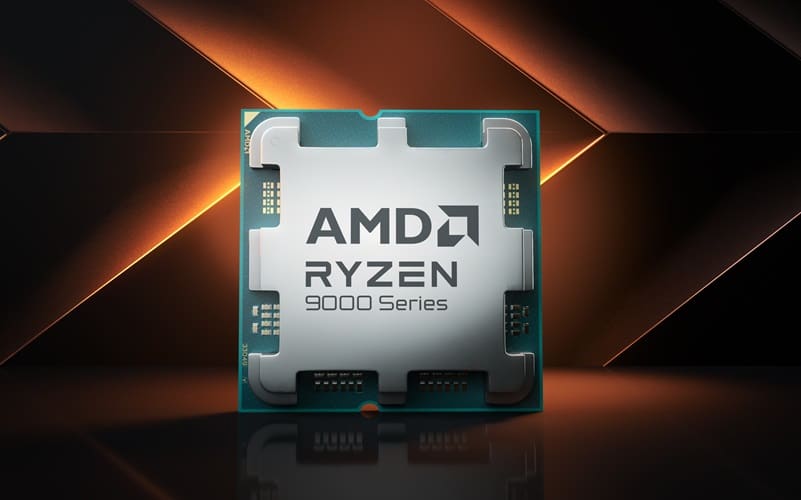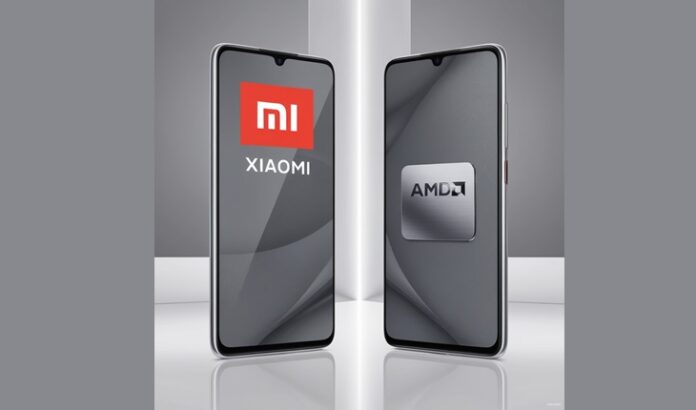The smartphone chipset market is on the verge of a shake-up as two new players, Xiaomi and AMD, prepare to enter the market. While Xiaomi is revisiting its in-house SoC ambitions with a 3 nm chip already taped out, AMD is reportedly gearing up to challenge industry stalwarts like Qualcomm, MediaTek, and Samsung with its own offerings. These developments signal heightened competition in 2025, as both companies aim to carve out their place in an industry dominated by established players.
Table of Contents
Xiaomi and AMD smartphone chips:
Xiaomi is no stranger to making its own smartphone chips. The company previously launched the Surge S1 chip in 2017, followed by a few other iterations focused on image processing and power management. Now, Xiaomi is stepping up its game with a 3 nm chip. According to reports, the chip has already taped out, meaning its design is finalized and ready for production. Mass production could begin as early as 2025. While it’s still unclear whether Xiaomi will use this chip for its flagship smartphones or limit it to Redmi and Poco devices, the move shows the company’s ambition to reduce its reliance on third-party chipmakers like Qualcomm.
On the other hand, AMD’s entry into the smartphone chipset market is even more intriguing. Known for its success in desktop and laptop processors, AMD is now rumored to be working on its first Arm-based chip for mobile devices. Internally called “Sound Wave,” this chip could potentially challenge Qualcomm and MediaTek by offering high performance at a competitive price. AMD has used a similar pricing strategy to disrupt the PC market, and it might follow the same approach for smartphones. However, there’s a possibility this chip is designed for Windows-on-Arm laptops rather than Android devices, leaving its smartphone plans somewhat uncertain.

If AMD successfully enters the smartphone space, it could bring fresh competition to a market that a few major players have long dominated. However, AMD’s first chip will likely face some challenges, as building a new SoC ecosystem requires extensive research, development, and optimization.
For Xiaomi, the stakes are different. The company’s in-house chip could help it differentiate its products and improve its profit margins. Historically, Xiaomi has been one of the first brands to launch smartphones powered by Qualcomm’s latest chips. While this partnership is unlikely to change immediately, Xiaomi’s ability to produce its own chips might reduce its dependency on Qualcomm over time.
Both Xiaomi and AMD have the potential to disrupt the smartphone market, but their success will depend on how well their chips perform against competitors like Qualcomm, MediaTek, Samsung, and Apple. As we move into 2025, it will be exciting to see how these new players shape the future of mobile technology.







